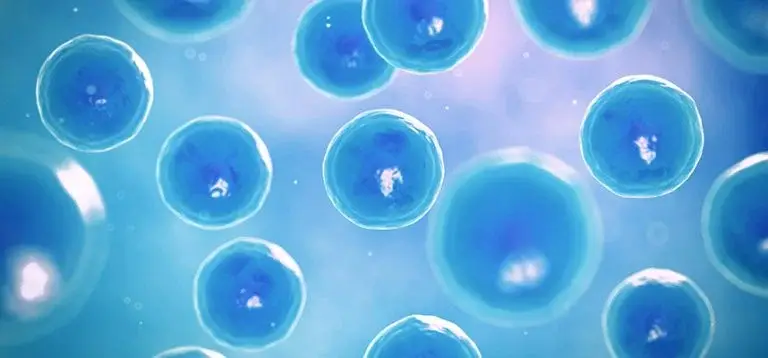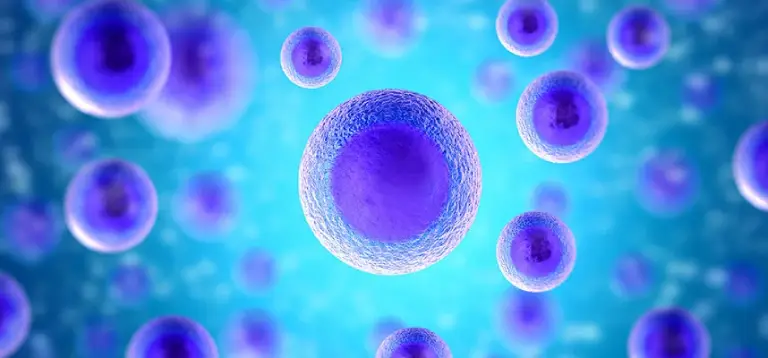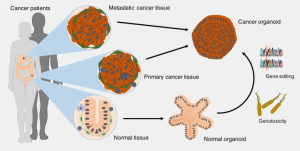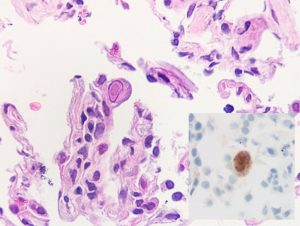
3D in Vitro Models: Organoids Vs 3D Cell Culture
In vitro cell culture systems have been considered as essential research tools for biomedical and clinical research and development. Although it started with 2D cell culture consisting of cell monolayers, the recent practice of cell culture, specifically for primary cell culture, advanced 3D in vitro culture systems are widely being adopted for the advantages of complex biochemical interactions that mimic in vivo body environment and provide a better therapeutic response. 3D model systems generally include complex organoids and 3D primary cell cultures.
Both models are generated directly from animal tissues and thus reflect authentic genetic profiling and biochemical make up. However, some key differences exist between these two models which impact the applications of each model type. Let us discuss these 3D models to understand the basic differences.
Organoids
Organoids are derived from adult stem cells (ASC) or embryonic stem cells (ESC) within an organ and their key features are:
Self-organizing:
Organoids have multicellular structures, with multiple differentiated cell lineages, developing from stem cells or progenitor cells that mimic in vivo organ micro-architecture besides being biochemically and physiologically relevant for research.
Genomically stable:
Organoids retain the genomic profile of the original tissue over multiple passages. Organoids can also be cryopreserved and resuscitated without genetic compromise.
3D Primary Cell Cultures
3D culturing of primary cells is based on cells obtained directly from body tissues and grown in scaffold/ without scaffold systems. These cultures are not always derived from stem cells or progenitor cells and generally emerge from a single cell type or multicellular cell types.
Organoids vs 3D Primary Cell Cultures
Culture conditions
Organoids are derived from stem cells or progenitor cells and cultured in specific optimized culture media with specific growth conditions, such as the presence of a basement matrix membrane, to ensure proper growth and development of organoids. On the other hand, 3D primary cell cultures generally consist of differentiated cells in varied cultural conditions.
Structure
Organoids rely on complex self-organization processes whereas 3D primary cells generate multicellular structures by cell-cell adhesion, resulting in spheroid–like structures.
Maintenance
Organoids are derived from stem cells during in vitro culture and therefore harbor the guarantee of long term maintenance and viability. On the other hand, culturing conditions for 3D primary cell cultures are not optimized for long-term maintenance in vitro and therefore deplete with more passages.
Living Biobanks
Organoids can be preserved and maintained as living biobanks for repeated studies as they are originated from stem cells whereas 3D primary cultures are mostly a one-time culture with comparatively more difficulty in revival.
Therefore, organoids are structurally more complex as compared to 3D cell cultures and strongly mimic the in vivo environment in matters of therapeutic or cellular response due to more physiologically relevant micro-environment and cell-cell interactions but several researchers opt for 3D primary cell cultures when it comes to performing drug studies and biochemical assays. This practice is solely based on the simplicity of 3D cell cultures, as compared to organoids when it comes to culture process and maintenance. Moreover, availing of primary cells from body tissues is more feasible than stem cell procuring and thus it makes organoids further complicated to achieve for several research purposes.






